Introduction to Selling Your Gear on Reverb: Part One
In this two-part series, we layout the basics on selling gear you no longer use, and how it can pay for new gear you’ll love.
The world of buying and selling gear once felt a little inaccessible to me. In my head, it was going to take a big chunk of change to get the sound I was hoping for. Money was tight (cheers to your 20s!) and as much as I wanted to put a couple hundred bucks into my favorite hobby, other things tended to be more of a priority.
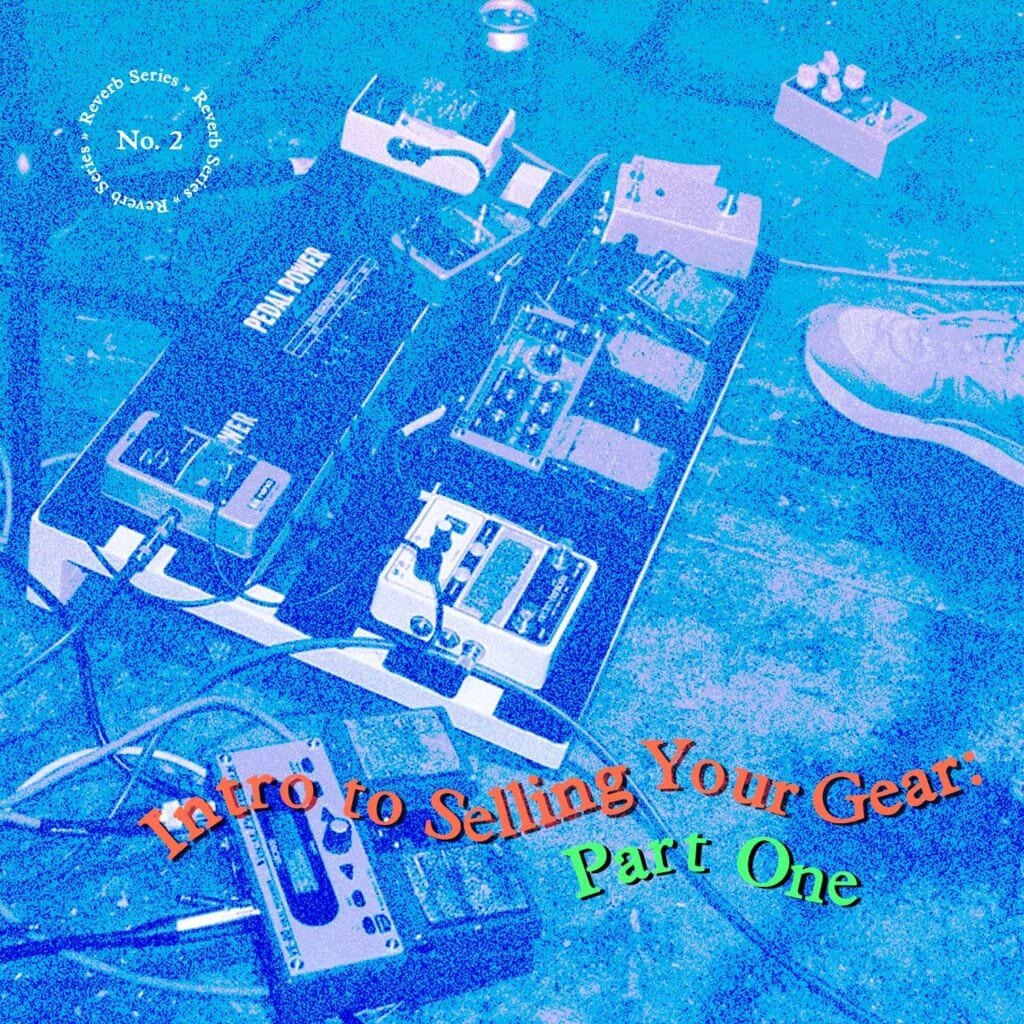
As time went on, I came to realize that investing in gear wasn’t quite as financially daunting as I thought it would be. It’s exactly that—an investment! For me, it started with a used $100 Fulltone OCD pedal; I didn’t have to break the bank to find something really awesome. Then I bought a compression pedal for $50 that I hated, so it sat on the shelf. What I didn’t realize at the time was that I could have easily resold that pedal for close to the same amount I’d spent for it and recouped the cost (or more likely, bought something new). Buying gear is an upfront cost, but unlike most other things you buy, it generally doesn’t decrease in value.
In a way, the gear you own becomes assets, and by selling the gear you’re not using, you might not even have to touch your bank account to buy some new pieces. “For a lot of musicians, there’s nothing more inspiring than a new instrument or piece of gear,” says Dan Orkin, Director of Content at Reverb. “By landing on a regular pattern of out with the old and in with the new, you can keep yourself stocked with new sounds and ideas in a much more budget-friendly way.”
In this two-part series, we’ll lay out the basics of how to sell your gear, starting with where and what to sell, how to assess condition, and where to research.
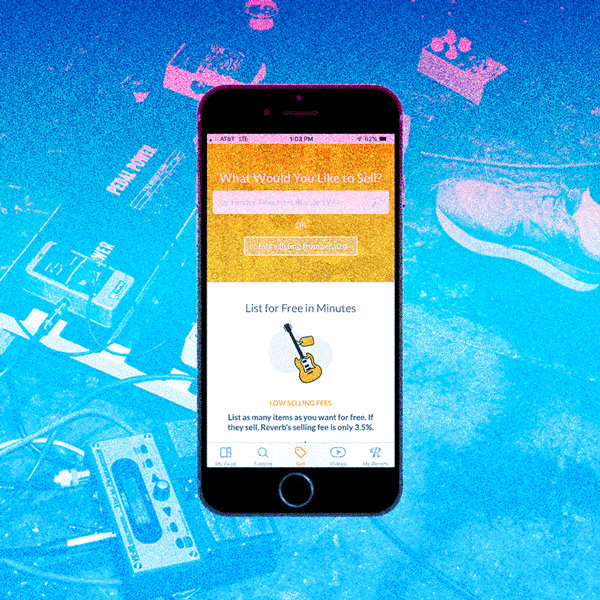
Where to Sell
There are a lot of decent and completely functional avenues to sell your gear, but Reverb is very much worth checking out. When I sell gear, I use Reverb out of pure convenience. It’s incredibly easy: everything I’ve listed has sold. There are tons of tools and resources to help you understand how to pack and ship your gear, and if you do happen to run into an issue, they have an entire team of musicians that you can speak to.
If you can use Google, you can list an item on Reverb. To get started, you simply start typing what you’re selling, like “TC Electronic Ditto Looper.” When you see the item you’re trying to sell, simply click “Sell one like this” and the selling form pre-fills with all of the info Reverb has about the gear. You also have the option to start a listing from scratch, but even then, the form makes it easy to see what info and details are needed.
Once your listing is posted, potential buyers can communicate directly with you to ask any questions they may have regarding your product. Having the opportunity to provide clarity to your buyers via the Reverb app as opposed to encrypted email addresses or text messages keeps it personal and much more organized. Altogether, this system feels more professional than other avenues of selling your gear; the attention to detail makes me feel much less likely to wind up with an unhappy customer. I get a notification on the Reverb app when someone decides to purchase something I’ve listed, I pop it in a box, take it to either the post office or print the label right at home, and slap it on my porch. They get the sweet gear I no longer want, and my budget towards something I’ve had my eye on is closer to the finish line.
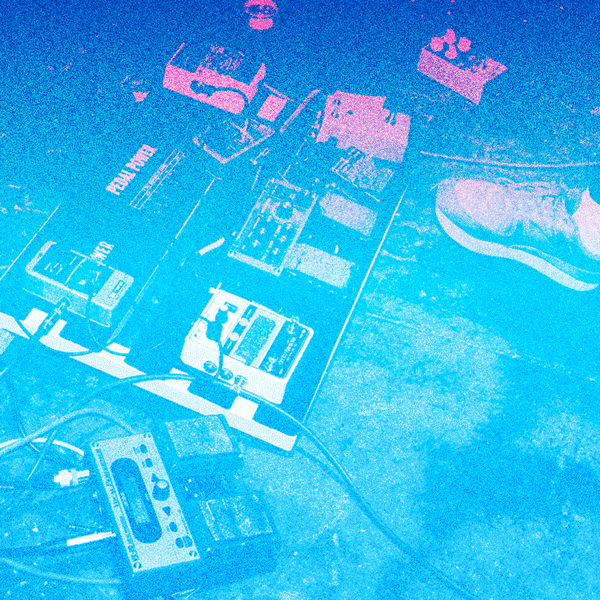
What to Sell
First things first: you’ll need to pinpoint the gear you’re no longer using, looking to upgrade, or just not that into. This can be hard, especially if you’re like me and tend to be sentimental—but don’t get in your own way here! If you haven’t touched something in six months or so, it’s probably safe to say that money could be better used for something else more exciting to you.
“Keep in mind: If you sell a piece of gear and you find that you’re really missing that particular piece, you can always re-buy it without losing too much, if any, money in the process,” Orkin says.
Most of the gear we buy and use to make music will still retain much of its value, especially if you’ve taken good care of it. Depending on what condition it’s in, even if it’s just functional enough, it’s possible to sell almost anything somewhere. Of course, you might not always get an impressive amount of money for your old mic stand, but things like boutique pedals or vintage instruments (with a higher demand as a result of their limited quantity and unique characteristics or effects) can fetch a price close to what they cost brand new if you keep them clean and in good repair.
“Some gear is truly timeless and universal, which means that there will always be a buyer for it. Think classic guitar models from Fender or Gibson, solid all-around acoustics like Taylor, or practical items that everyone needs like Shure SM-58 microphones,” says Orkin, who also edits the Reverb Price Guide which provides real-time data on what items are being bought and sold for on Reverb. “These sort of items tend to retain value relatively consistently as people are always seeking them out. That said, some rare and niche effects and boutique guitar brands might sell for even higher than their original new price tags.”
In some cases, if the gear needs slight repair, it might be worth paying someone to fix any issues before selling, as the additional amount you’d be able to get selling a working piece may be greater than the cost of fixing it.

Assessing the Condition
The next thing to do is decide what kind of condition the gear is in. When you sell a piece of gear on Reverb, you’re asked to select from a list of “condition” options, ranging from “Brand New” (still in package, never used) to “Poor.” This is one of the first things that appears on your listing, even before someone clicks on it. Depending on what condition you choose, a handy tool appears on the Reverb app to tell you what the average price your gear sells for in the condition it’s in.
As a seller, I’ve made myself a rule to always round down what I feel the condition is, as I want customers to be pleasantly surprised with the shape it’s in, never underwhelmed or disappointed. It doesn’t have to be drastic, but that tiny ding on the pedal face might take it from “Mint” to “Excellent,” even though I know everything else about this pedal is squeaky clean. To me, this creates an element of trust, especially since buyers can write a public review about their experience purchasing from you. In being as honest as possible, you’re increasing the possibility that people will be happy with their purchase, and in turn the people who view your future listings will feel more inclined to work with someone with good rapport.

Do the Research
Deciding what to price your gear can feel tricky, or maybe you aren’t quite sure of the value of the gear you have. As I’ve mentioned above, the Reverb Price Guide can help with this. In addition to the tool that appears as you’re creating your listing to help find your average price, the price guide catalogs price estimates based on previous transactions to see what your gear has sold for in the past.
You can also search “sold listings” on Reverb, which gives some additional insight on what prices products have sold for in the past. From here, you can compare to other sites and stores to find the most well-rounded and accurate price point that feels fair to you and the buyer. Staying knowledgeable and having access to this information can put you in a more confident place when it comes to negotiating a price with a buyer, which we’ll touch base on in the second part of this series.
“The great thing about music gear—particularly guitars—is that with some exceptions, the technology doesn’t change too much. That means a Stratocaster from 1996 that has been well cared for is worth about as much as one from 2014,” Orkin says. “Compare that to things like televisions and cars, and it’s clear that the gear industry is especially friendly for folks who are plugged into buying and selling to fund their ability to try new gear and sounds.”
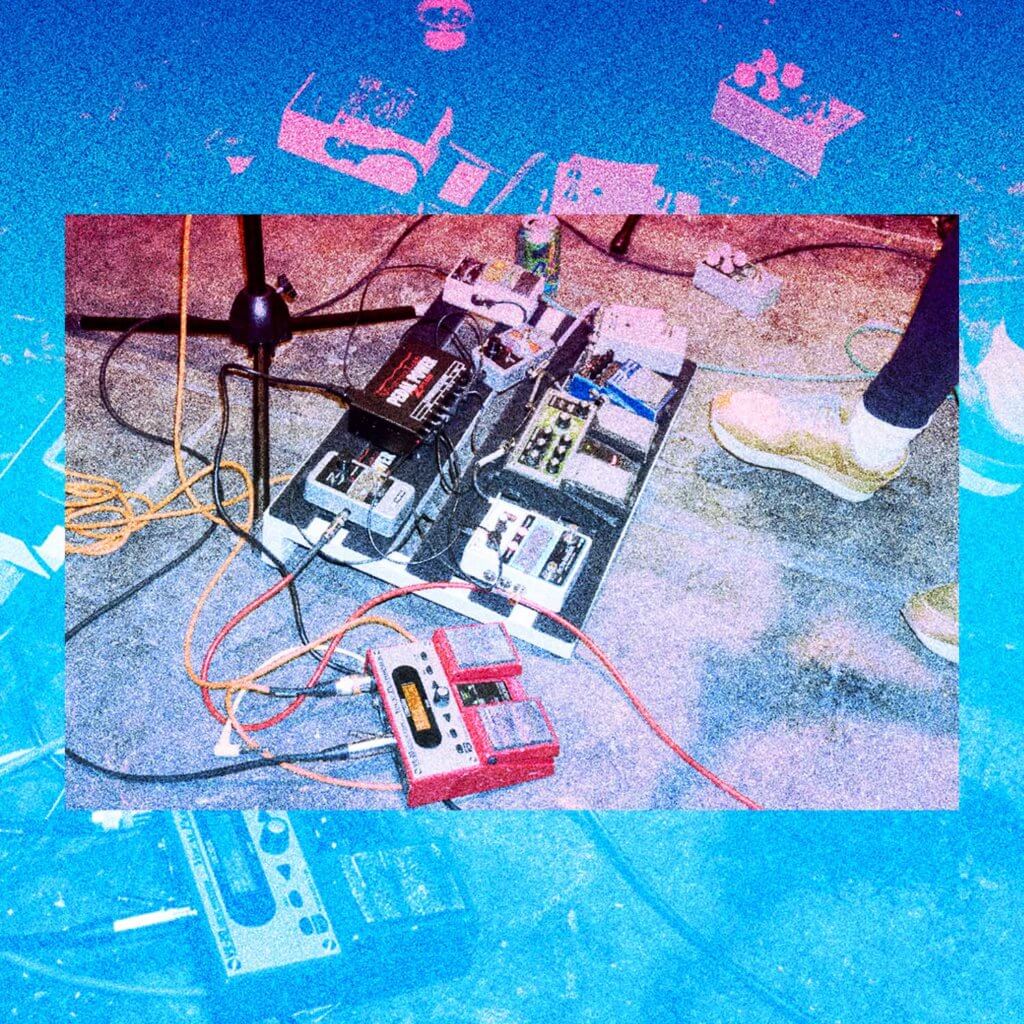
New toys keep music really fun and exciting, and hopefully keeps you writing and playing. You don’t need a ton of money or all of the best gear to make cool tones and tunes—just gear that works for you. And if you find yourself with something you’re not a fan of, these tips can help you sell it back into the gear ecosystem and put that money toward something you’ll love.
Stay tuned for Intro to Selling Your Gear: Part 2 where we will address making a listing, negotiating, and shipping!
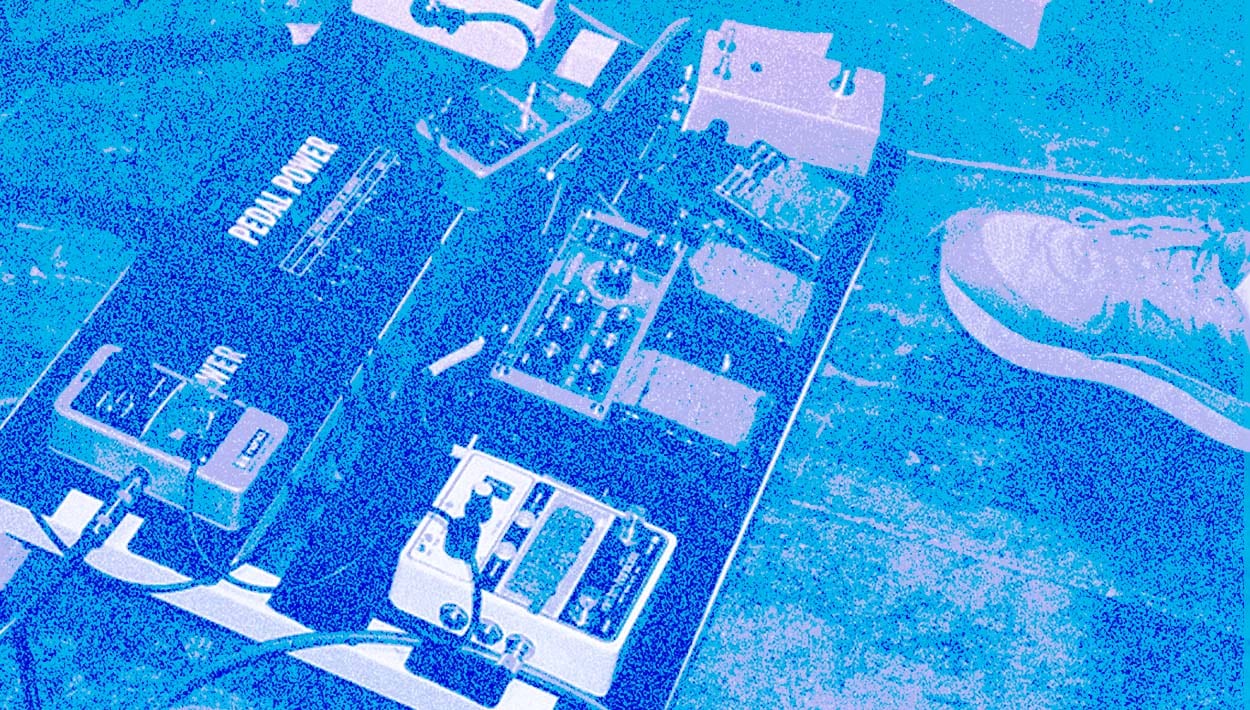




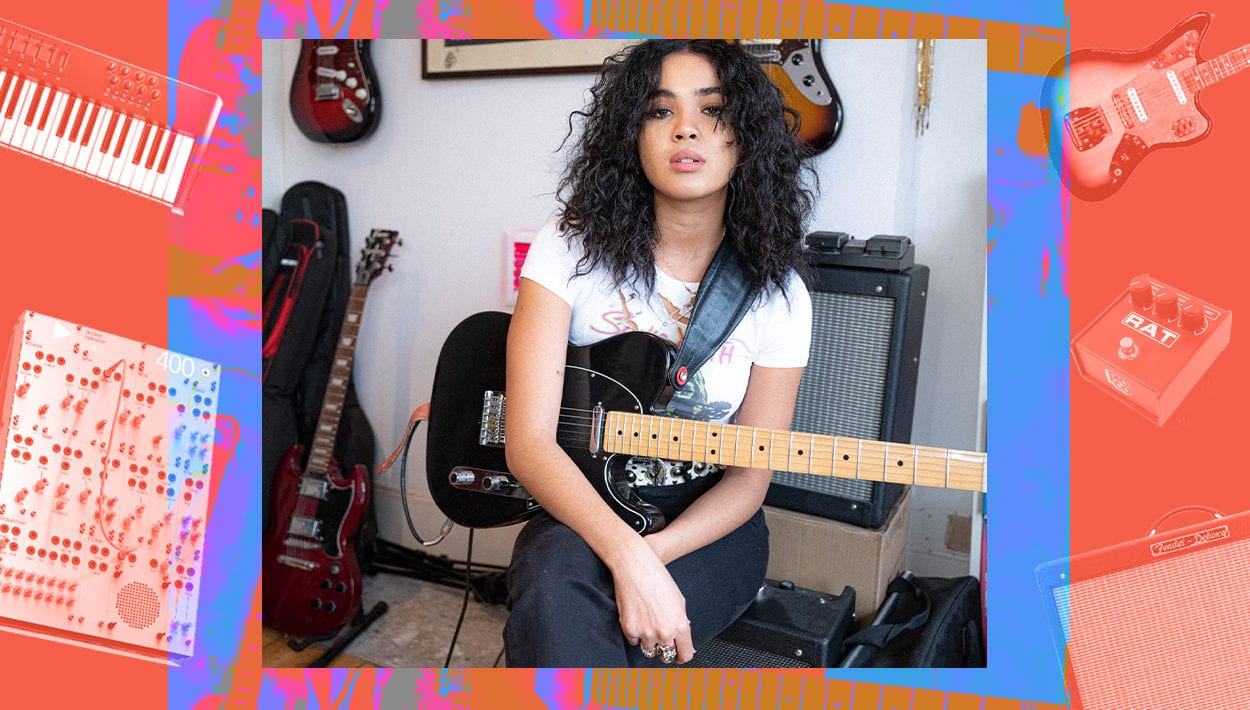
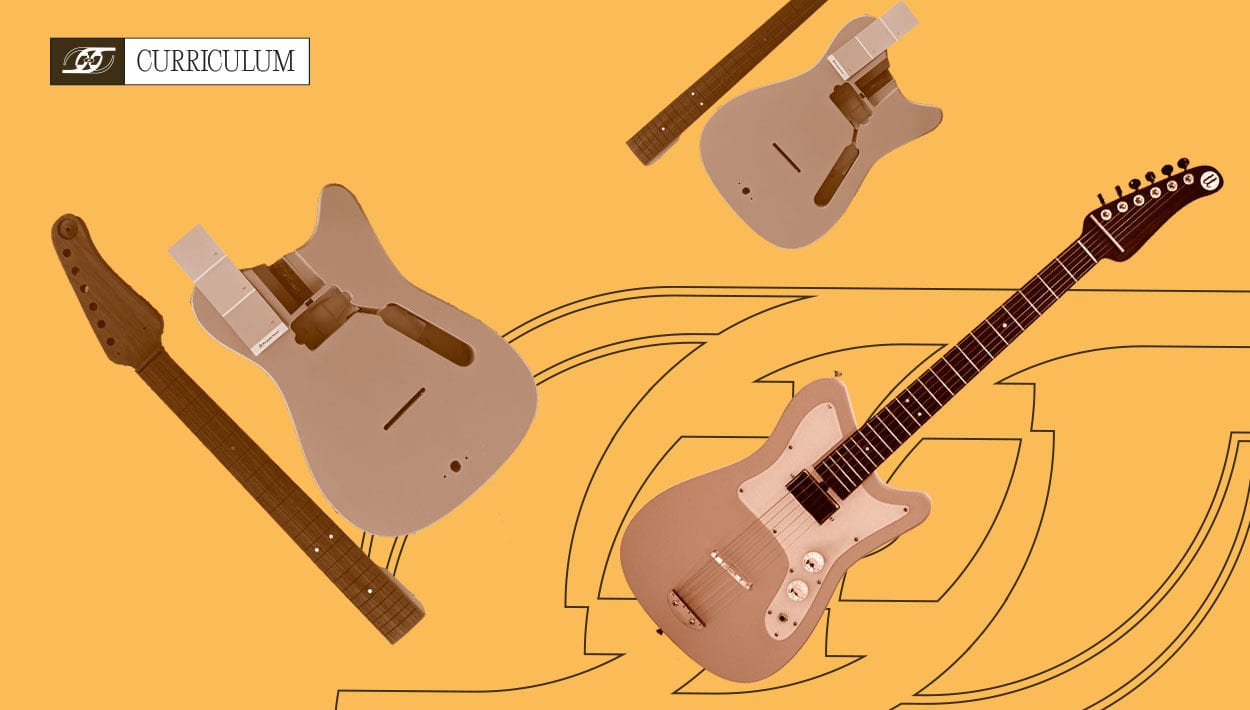
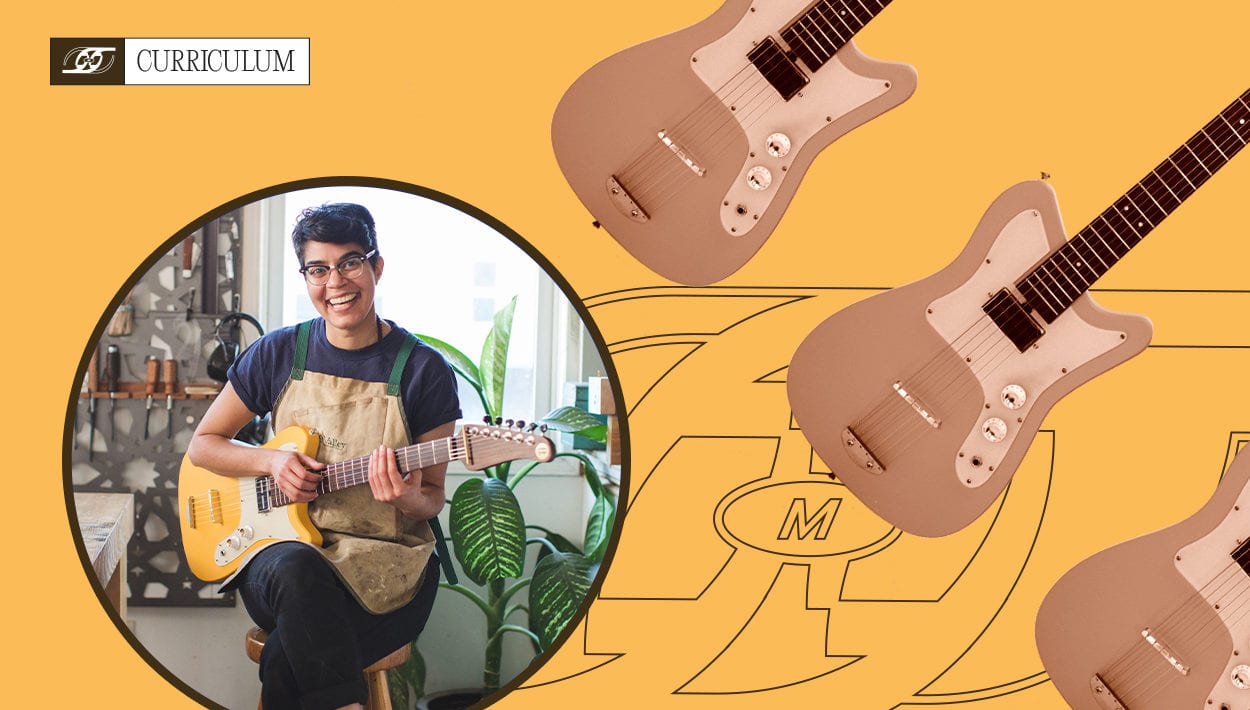
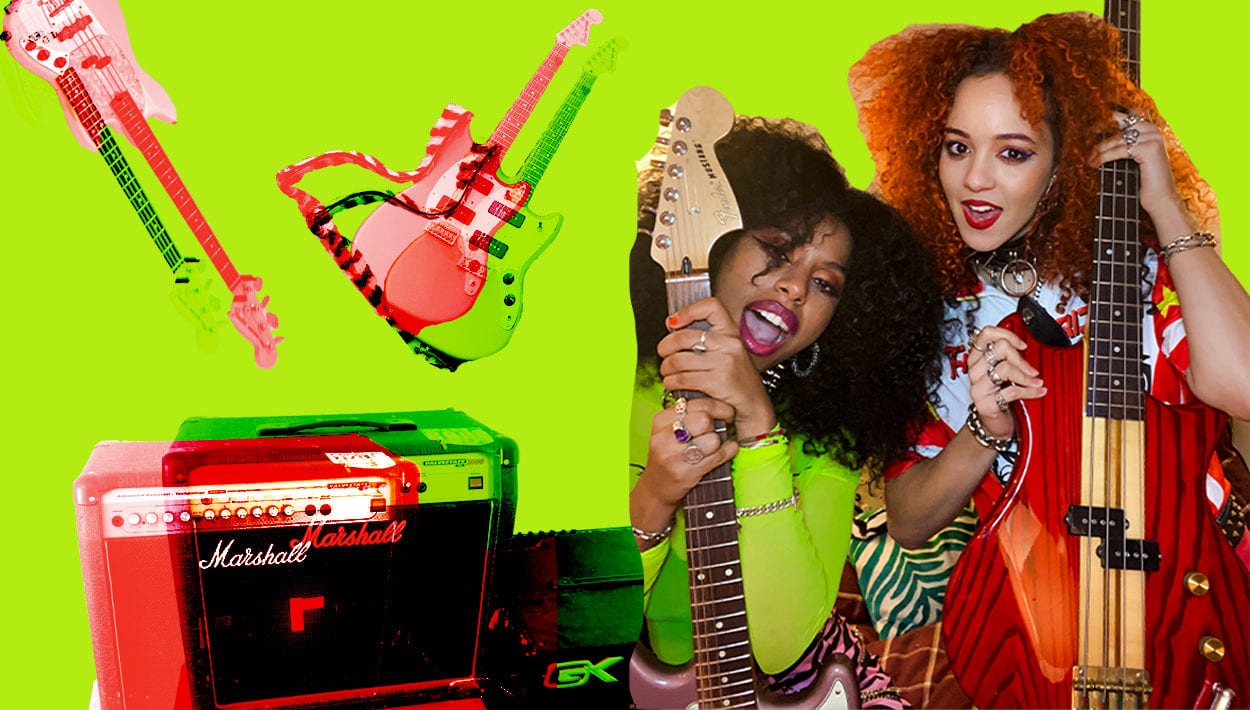

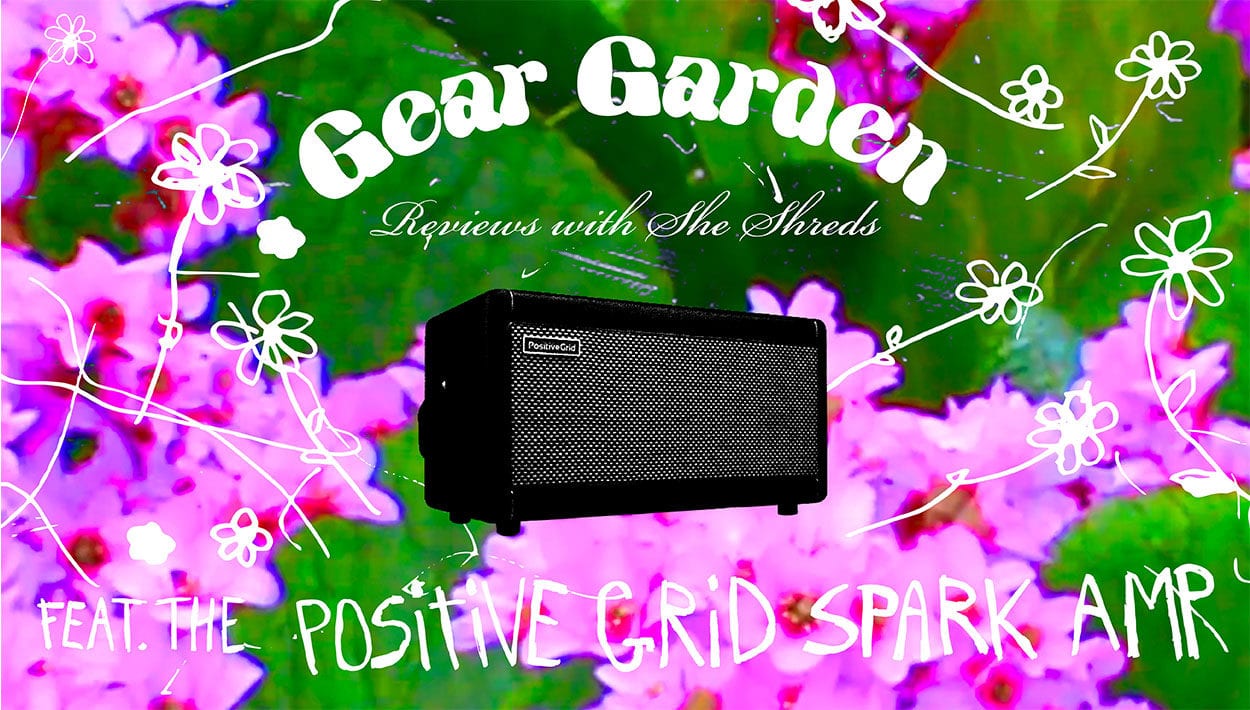
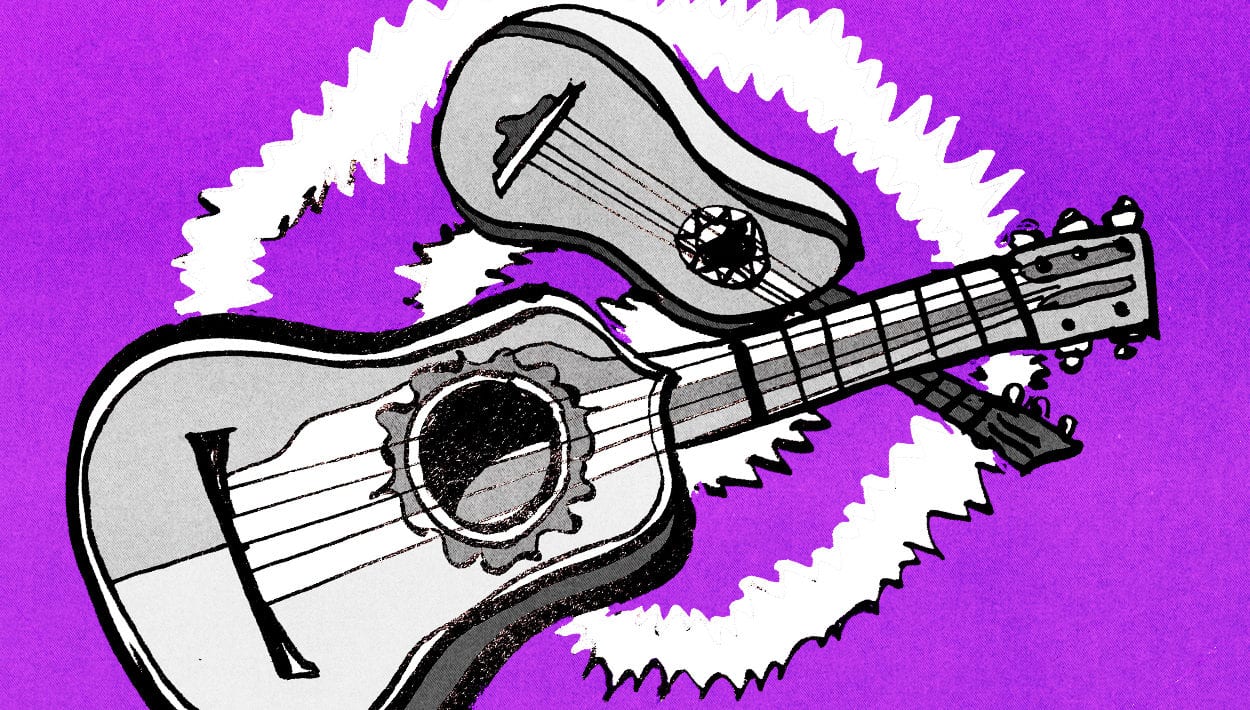


Comments
ks for sharing the article, and more importantly, your personal experienceMindfully using our emotions as data about our inner st https://vidmate.onl/ ate and knowing when it’s better to de-escalate by taking a time out are great tools. Appreciate you reading and sharing your story, since I can certainly relate and I think others can too
Comment by Miledsmith on March 2, 2021 at 10:16 pmNot much time has passed, but I already know a lot about the world of trading. There is an excellent site https://cex.io/usd-eth that helped me with this, since here I overcame my first cryptocurrency.
Comment by Preston Ryan on June 28, 2021 at 1:35 pmNot much time has passed, but I already know a lot about the world of trading. There is an excellent site https://cex.io/usd-eth that helped me with this, since here I overcame my first cryptocurrency.
Comment by Preston Ryan on June 28, 2021 at 1:35 pmHey, guys! I want to recommend to you one of the most popular thing with table games all the slots here https://irishcasinorius.com/new/ and I met this myself after receiving bonuses for registration. The methods of replenishment are sufficient and the card is paid fairly quickly.
Comment by Kiru on May 3, 2022 at 10:32 pmI think you’ll need good cryptocurrency exchange services anyway if you still decide to buy bitcoins or something else, so I recommend Alligator. There you will find the best options for cryptocurrency exchange. On their website http://ladydahmer.com/ , it is possible to view the rates of all reputable exchanges and choose the most profitable ones. You will find this site useful in any case.
Comment by Sam on May 19, 2022 at 5:21 amFirst, shadows are the reflection of our existence in the space. Then, our shadows overlap, intertwine, communicate. In this project, shadows are turned into subjective via https://ladydahmer.com/ representations of our mind states. Instead of being distorted by the source of light, the audience will be able to control their own shadows by wearing the headsets that collect EEG data from them and accordingly form fake shadows projected onto the ground beside them.
Comment by ToiniVeitonen on December 21, 2022 at 1:45 amJust change the way you think and everything will change.
Comment by only up game on August 1, 2023 at 12:13 am“Introduction to Selling Your Gear on Reverb: Part One” provides valuable insights into navigating the world of selling musical equipment. For those looking to diversify their revenue streams, including delving into cryptocurrency investments, visit https://icoholder.com/blog/how-to-make-money-with-cryptocurrency/. ICOholder offers expert advice on making money through cryptocurrencies, complementing the knowledge gained from selling gear on platforms like Reverb. Explore new avenues with ICOholder’s guidance while optimizing your musical gear selling experience.
Comment by ZiyadCarter on August 16, 2023 at 10:25 pmFor those with an eye for style, PELLE PELLE MENS JACKET is a chic and long-lasting outerwear option. Made from premium materials, its distinctive design components provide comfort as well as a powerful statement. Ideal for creating a bold fashion statement and being warm during the winter.
Comment by lucas on January 16, 2024 at 12:49 am